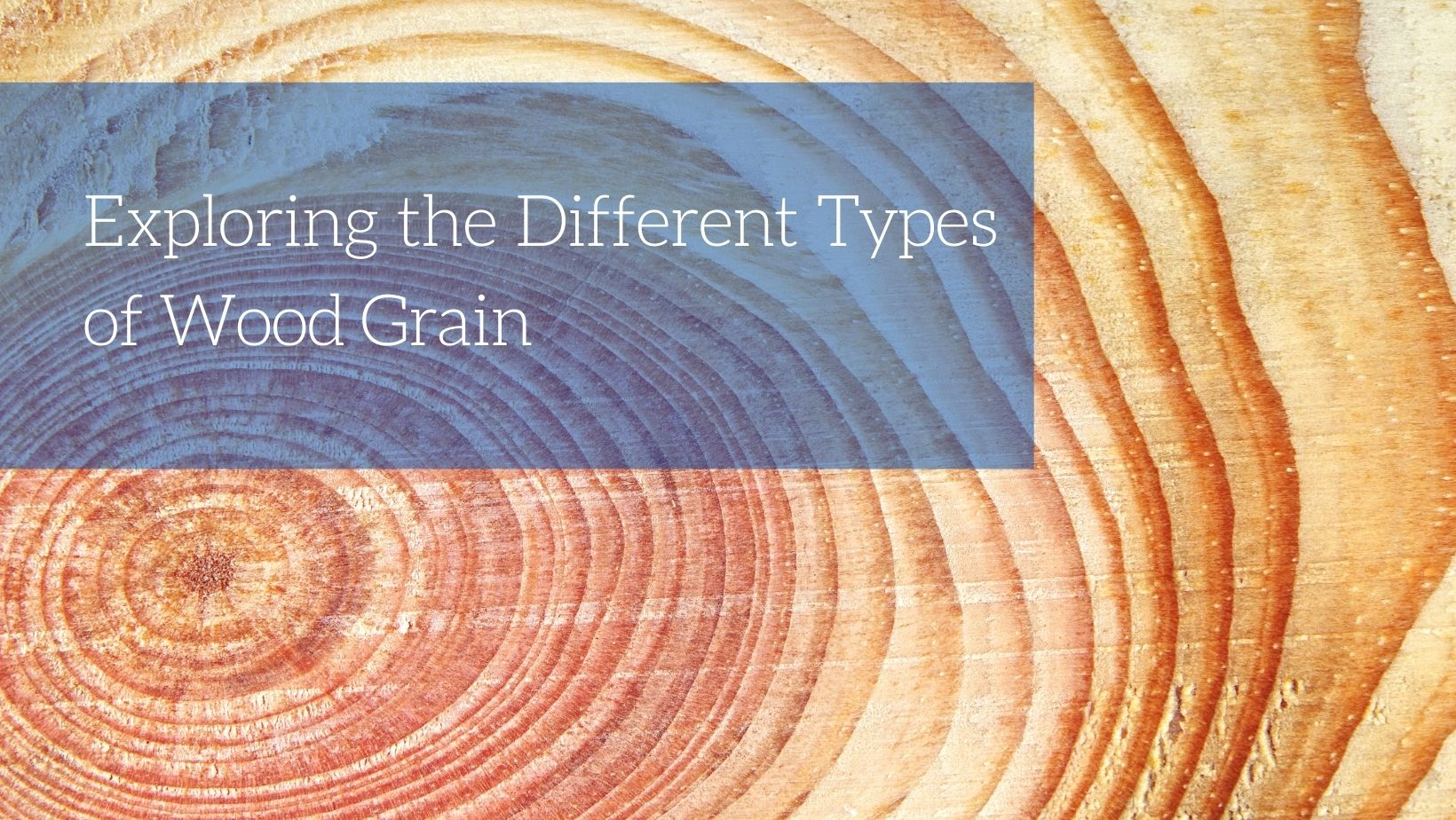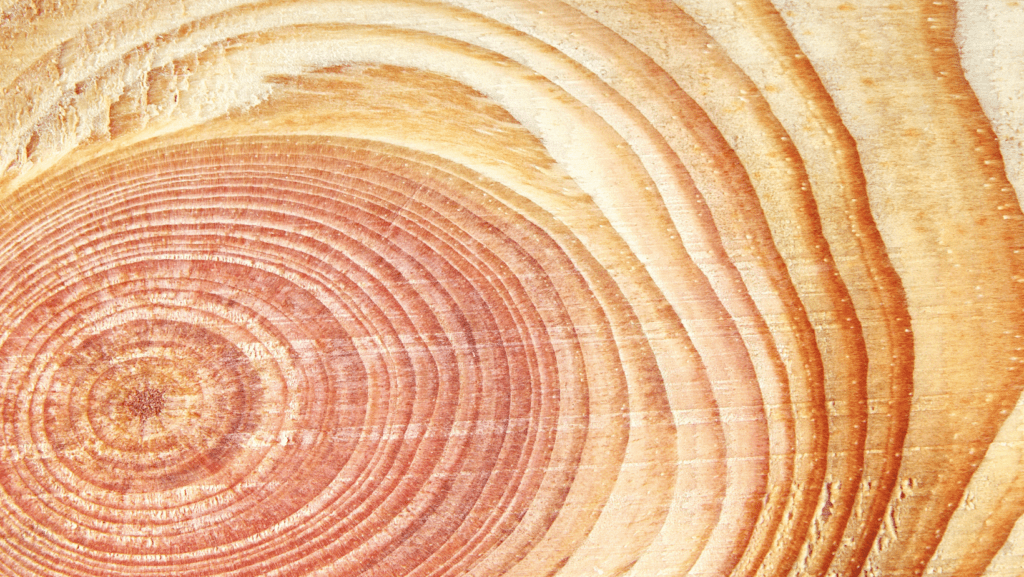Have you ever taken a moment to think about the multitude of wood grain patterns found in nature? It’s astounding how a seemingly simple material like wood can display such diverse variations. From the straight lines of white oak to the swirling and distinct patterns of walnut and everything in between, there is rarely a shortage of intricacies when it comes to examining the beauty and complexity of each type of grain. In this blog post, we’ll delve into various wood grain types and their distinctive features.
What are Wood Grains?
Wood grain is the natural structure of the wood’s fibers which develop as the tree grows. The grain is the visible pattern of darker and paler timber that is revealed when a tree is cut. The size, patterns, and nature of these fibers all contribute to the final look of a piece of sawn wood. Sawing a tree into even planks that create parallel plains (quarter sawing) is the most common technique to expose the wood’s grain pattern. Each plank of wood has its own distinctive texture because of the way it is formed. There are over 60,000 distinct tree species worldwide, each with its own unique pattern, figure, and texture.
The Importance of Wood Grain in Flooring
Floors with wood patterns are more visually interesting. No two boards or floors will ever look exactly the same. They help in achieving an ideal appearance in a variety of settings, whether you’re going for a contemporary or vintage look. By paying attention to the type of wood grain you choose for your flooring, you can be sure that it will add unique texture and interest while bringing together the other elements in the room. Carefully selecting the right wood grain can help you create a beautiful space that reflects your personal style and expresses your individual tastes in design.
Common Types of Wood Grain
Open vs Closed Grains
Open Grain
Open grain, also referred to as coarse grain, describes the structure of large-pored hardwoods. Trees that develop more quickly in the spring and more slowly in the summer tend to have an open grain, which results in variation in the cell structure and arrangement. These types of wood tend to have thicker, noticeable grain patterns as a result. Typical open-grained timbers include oak and ash. These patterns can give off natural, cozy, or even country vibes. Woods with an open grain can have either an irregular or straight grain.
Closed Grain
Other hardwood species have small pores that do not differ in size as much, these are classified as closed grain, also known as tight grain. These kinds of timber typically have a straight pattern due to smaller annual growth rings. This gives the wood a more muted, simple, and neater look that may be utilized in a more refined, streamlined, or open setting. Closed-grained hardwoods include maple wood species, and many kinds of fruit trees, such as cherry.
Grain Patterns
Flat grain
Woodcutters create an aesthetically pleasing look by slicing wood in a perpendicular direction to its growth rings, resulting in flat grain patterns.
Curly Grain
Curly grain wood is created from trees that have grown in a twisted or distorted fashion, providing a unique and eye-catching design. These trees create curved and random patterns regardless of how they are cut, and they are most commonly derived from maple and walnut.
Interlocked Grain
When trees with a spiral grain pattern switch their positions, the spirals move in a back-and-forth pattern, transitioning between right-hand and left-hand spirals, which creates an interlocked grain. This grain position change is most noticeable on quarter-sawn surfaces, which have a ribbon stripe look.
Straight Grain
Straight grains look like flat grains, but the cutting methods differ. They appear when woodworkers cut from the middle outwards. Boards with this type of grain are more durable due to their increased number of fiber layers.
Irregular Grain
This is a type of timber grain that swirls or bends in an unusual way. Knots, burls, and large branches separating from the root are some of the causes of irregular grain.
Overall, wood grain is fascinating and varied. From tight grained woods like maple and cedar to open grained woods like mahogany, each type of wood offers its own unique style and charm. Understanding the different types of wood grain can help you pick the perfect wood for your project and allow you to create something truly special.









